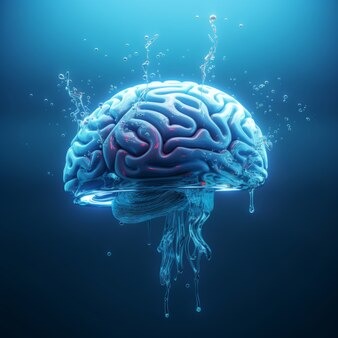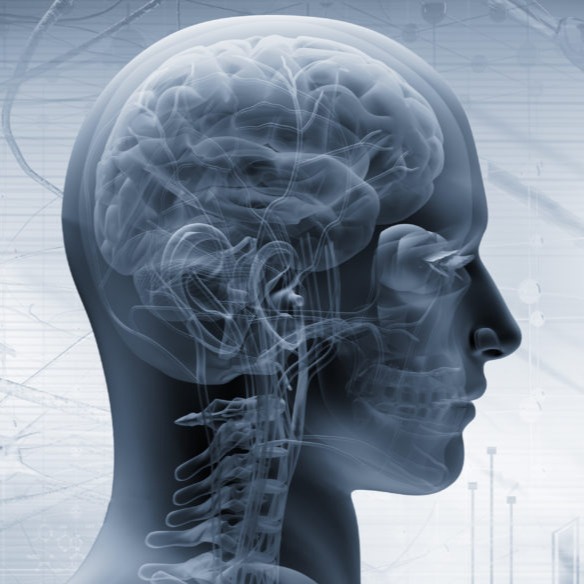There are no items in your cart
Add More
Add More
| Item Details | Price | ||
|---|---|---|---|

date 30 december 2023

"Unraveling the enigma of the human brain reveals a tapestry woven with unparalleled informational threads."
The human brain, a marvel of evolution, operates in ways distinct from other species. Recent studies have unveiled fascinating aspects of how our brains process information, setting us apart in the animal kingdom and offering insights into the uniqueness of human cognition and evolution.
Researchers from the Swiss Federal Institute of Technology in Lausanne (EPFL) have made a groundbreaking discovery about the human brain's information processing. Unlike other animals, the human brain uses multiple parallel pathways for transmitting information between regions. This contrasts with the brains of mice and macaques, which primarily use single channels. This multiplicity in pathways allows for a more complex and efficient processing network, akin to a robust highway system with numerous alternate routes.

This discovery has profound implications. The ability to use multiple channels for information transfer could be a key factor in the brain's resilience and flexibility. In the face of injury or disease, such as dementia, the brain might reroute information along alternate pathways, maintaining functionality even when some channels comised.
Yale University's study on the dorsolateral prefrontal cortex of humans and other primates has identified unique features in human brains. These features set us apart and, intriguingly, may make us more susceptible to neuropsychiatric diseases. This study provides a clearer picture of what makes the human brain distinct and how our evolutionary path has been shaped.
Another facet of human brain's uniqueness is its approach to information processing, which incorporates both redundancy and synergy. Redundant processing ensures multiple copies of crucial information are stored across the brain – a survival mechanism. Synergistic processing, on the other hand, involves a more complex integration of information across different brain regions, leading to higher-order cognitive functions like attention, learning, and social cognition. This method of processing appears to be more pronounced in humans compared to other primates like macaques, hinting at the evolution of our cognitive abilities.
The findings from these studies not only deepen our understanding of the human brain but also open new avenues in neuroscience and artificial intelligence. By comprehending how our brains process and integrate information, we can gain insights into consciousness and potentially emulate these processes in AI development.
These studies mark a significant step in unraveling the mysteries of the human brain. As we continue to explore the unique flow of information within our neural networks, we edge closer to understanding what makes us distinctly human - in thought, in action, and in the depth of our consciousness.

{{Sameer Kumar}}